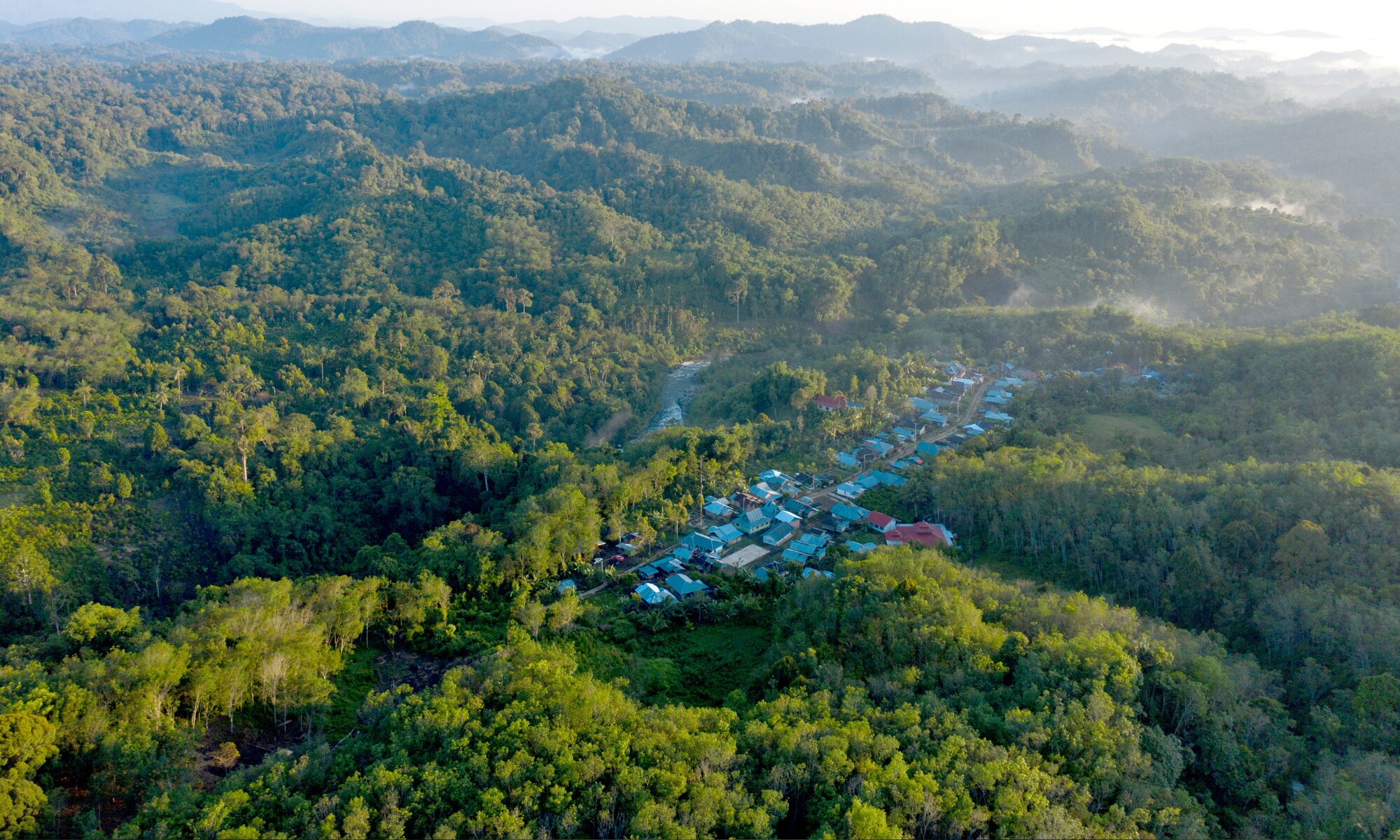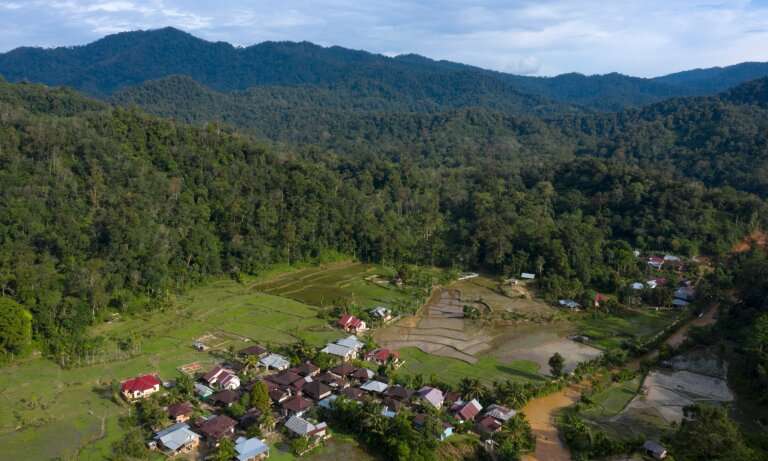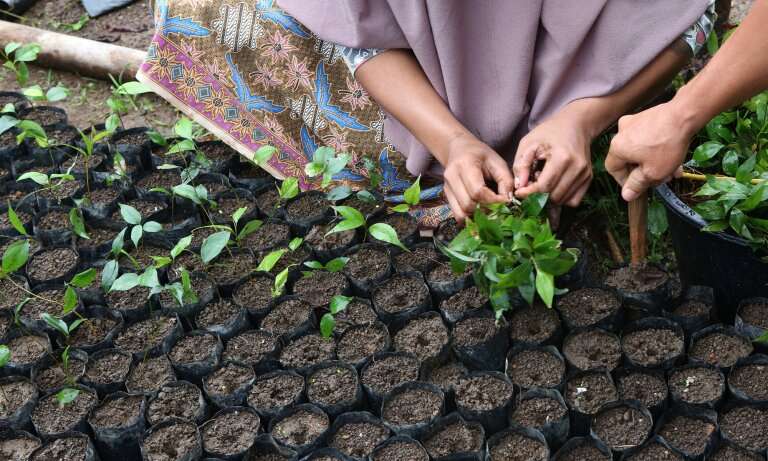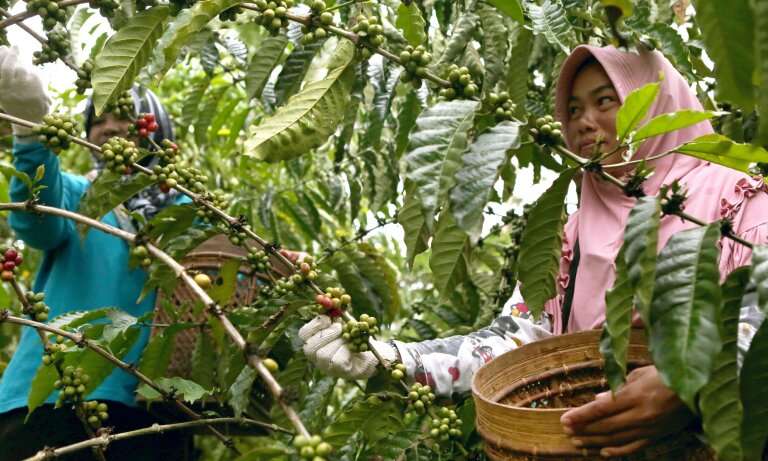#Joined-up thinking benefits tigers, climate and communities

“#Joined-up thinking benefits tigers, climate and communities”

Imagine a project that protects an apex predator, improves people’s lives and promotes planetary health. It may sound like the stuff of fantasy, but this is no fairy tale. It is precisely what Fauna & Flora International (FFI) and our in-country partners have achieved in the Indonesian province of Jambi, deep in the heart of Sumatra.
According to some estimates, as few as 400 Sumatran tigers may remain in the wild today. Kerinci Seblat National Park—not just the jewel in Jambi’s crown, but also the island’s largest protected area—harbors the lion’s share, so to speak, of that dwindling population. FFI has spent the past two decades working collaboratively to ensure the survival of this critically endangered big cat and its forest habitat, and met with tremendous success, due in no small part to the sterling work of the formidable Tiger Protection & Conservation Units.
There is more to tiger conservation than a crack team of rangers, however. Beyond the park boundaries, another tale has been unfolding. It is a multifaceted story about community activism, land tenure, indigenous rights, gender equality, carbon sequestration, certification schemes, human-wildlife conflict mitigation, seedling propagation, coffee cultivation and honey harvesting, featuring a cast of characters far too numerous to namecheck here.
Forest guardians
The communities living around the national park and interacting directly with nature are crucial to forest conservation. Since 2010, FFI has been involved in a raft of community forestry initiatives—supported by, among others, the Disney Conservation Fund and Margaret A. Cargill Philanthropies. These began in Jambi, but have since expanded into other, neighboring provinces.
The nature of the work—which is characterized by incremental steps, endless consultations, unforeseen setbacks, bureaucratic obstacles, the literal and metaphorical planting of seeds that are slow to germinate, and painstaking efforts to win hearts and minds—dictates that it rarely hits the headlines in the way that, say, the discovery of a new species, or supporting the designation of a new protected area or the breaking up of an illegal wildlife trade syndicate might. Nevertheless, the cumulative impact on people’s lives, and on the biodiversity that surrounds them, is immense.

A decade of success
In the ten years since the project’s inception, almost 100,000 hectares of high-value, biologically rich forest—an area almost the size of Los Angeles—has been successfully safeguarded within the buffer zone surrounding Kerinci Seblat National Park and, thanks to the strong partnership between FFI and the Ministry of Environment and Forestry, brought under community management.
An additional 1,500 hectares of degraded forests have been rehabilitated through the development of more than 40 tree nurseries and the production and distribution of almost two million seedlings to communities across more than 40 villages.
Around 70,000 women and men from almost 70 communities have committed to sustainable forest management after being helped to secure clarity on their land rights in the shape of social forestry licenses.
-

Separating seedlings at a tree nursery in Durian Rambun village. Credit: Edy Susanto/FFI
-

Sustainable harvesting of coffee crop in Durian Rambun. Credit: Edy Susanto/FFI
Encouraged and supported by FFI, community enterprises have generated increased income for almost 5,000 women and men—in some cases as high as 30% – through the sustainable harvesting of non-timber forest products such as coffee, kepayang oil and honey, and improved access to markets for these products.
Three communities have also secured additional income under so-called Payment for Ecosystem Services agreements, which reward them for keeping their forests standing. This independently verified forest stewardship not only protects additional habitat outside the national park that is crucial for Sumatran tigers and other threatened species, but also safeguards several locally and regionally important watersheds, as well as reducing carbon emissions from deforestation.
Hearts and minds
Forest-edge communities have an essential role to play in conservation, and changing lives for the better has been a critical success factor. The results to date illustrate the value of long-term investment in community-led conservation initiatives that benefit people and biodiversity in equal measure.
Why conservation areas are not living up to their potential in Indonesia
Citation:
Seamless in Sumatra: Joined-up thinking benefits tigers, climate and communities (2021, May 12)
retrieved 12 May 2021
from https://phys.org/news/2021-05-seamless-sumatra-joined-up-benefits-tigers.html
This document is subject to copyright. Apart from any fair dealing for the purpose of private study or research, no
part may be reproduced without the written permission. The content is provided for information purposes only.
If you liked the article, do not forget to share it with your friends. Follow us on Google News too, click on the star and choose us from your favorites.
For forums sites go to Forum.BuradaBiliyorum.Com
If you want to read more Like this articles, you can visit our Science category.

